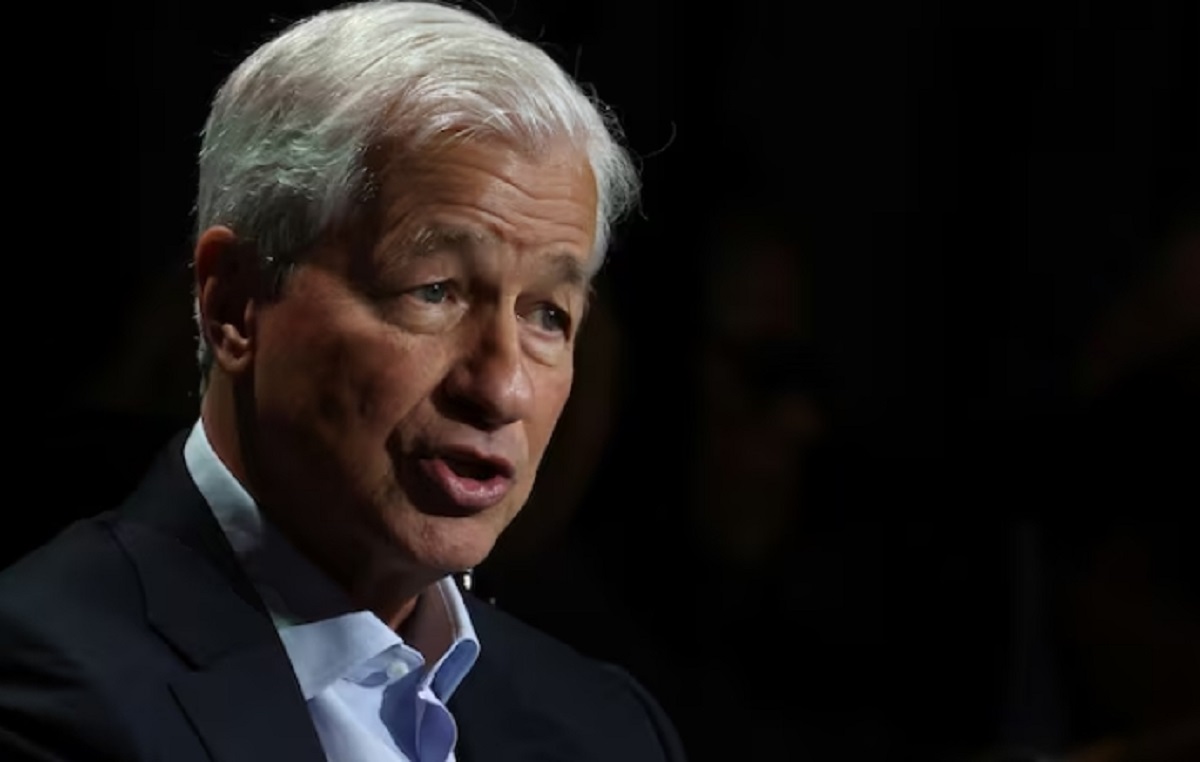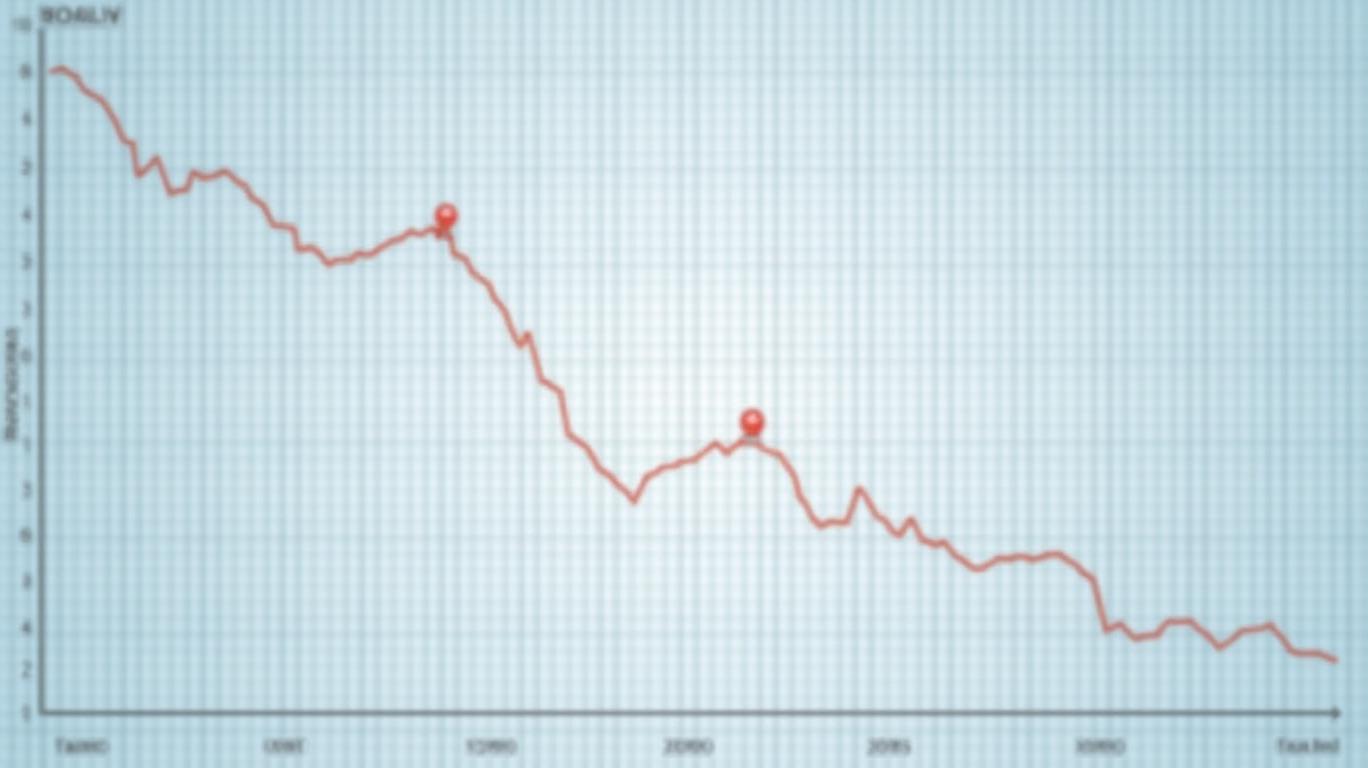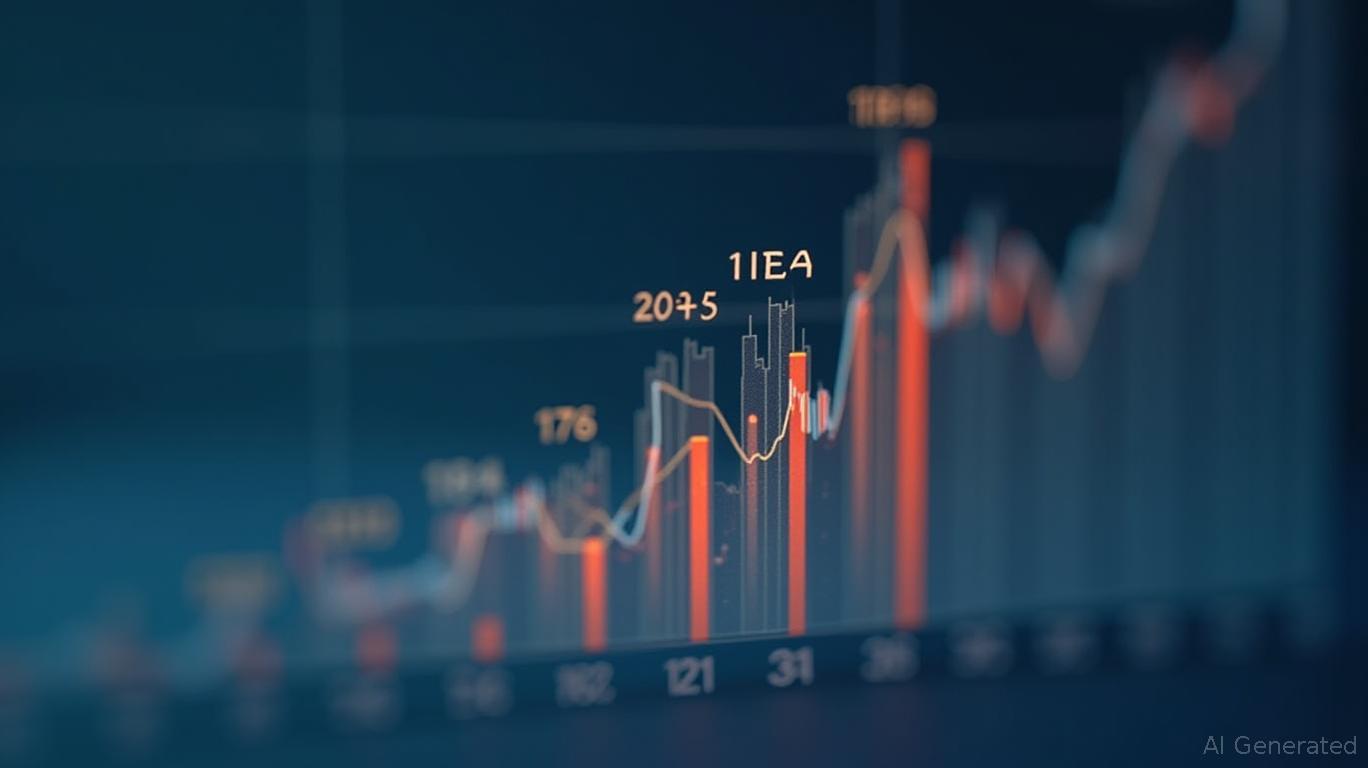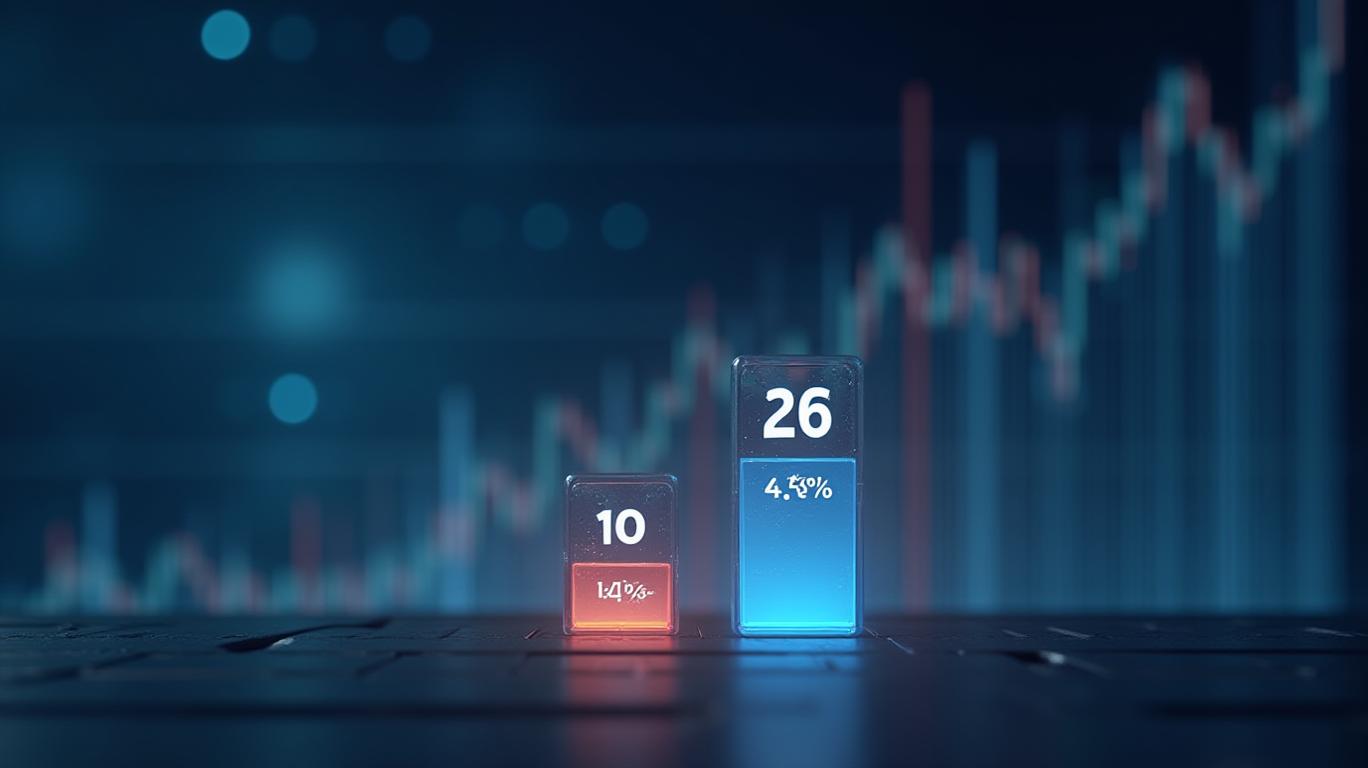High-Yield Bonds in a Rising Rate Environment: A Closer Look at SHYG's Distribution Dynamics
The iShares 0-5 Year High-Yield Corporate Bond ETF (SHYG) has long been a staple for investors seeking exposure to high-yield corporate debt while balancing interest rate risk through its focus on shorter maturities. However, its recent declaration of a monthly distribution of $0.0824—a marked drop from the $0.259 paid in March—has raised questions about the fund’s performance and the broader implications for high-yield bond investors.
Ask Aime: What's behind the 70% drop in iShares 0-5 Year High-Yield Corporate Bond's dividend payout?
The Distribution Decline: Context and Concerns
SHYG’s March 2025 distribution of $0.259 reflected a gradual increase from its January payout of $0.245, consistent with the fund’s historical pattern of modest yield growth. The drop to $0.0824 in the subsequent month, however, signals a sudden reversal. While such volatility is not uncommon in high-yield bond ETFs—where distributions can fluctuate due to changes in underlying bond yields, defaults, or fund rebalancing—the timing raises eyebrows.
The High-Yield Landscape: Risks and Opportunities
High-yield bonds, or “junk bonds,” have long been a double-edged sword. Their higher yields compensate investors for credit risk—the possibility that issuers may default. SHYG’s focus on bonds with maturities of 0–5 years mitigates interest rate risk compared to longer-duration funds, as its modified duration of 2.56 years (as of March 2025) indicates. However, the 387 basis point spread over 3-year Treasuries (7.82% ACF Yield vs. 3.95% Treasury yield) suggests investors are demanding significant compensation for credit risk in a tightening economic environment.
The fund’s structure—tracking the Markit iBoxx® USD Liquid High Yield 0-5 Index—prioritizes liquidity and diversification, with holdings concentrated in sectors like consumer services and industrials. Yet its lack of ESG integration, as noted in its prospectus, may leave it exposed to companies facing regulatory or reputational headwinds.
Why the Distribution Drop?
The plunge to $0.0824 could stem from several factors:
1. Interest Rate Volatility: The Fed’s recent pause in rate hikes may have reduced short-term yields, squeezing the income generated by SHYG’s portfolio.
2. Credit Quality Concerns: Rising defaults in sectors like energy or real estate—though not explicitly cited—could have reduced cash flows.
3. Index Rebalancing: The fund’s representative sampling strategy might have led to shifts in holdings, temporarily lowering yields.
Risks to Consider
Investors in SHYG must weigh its 7.82% ACF Yield against three key risks:
- Credit Risk: High-yield issuers are more vulnerable to economic downturns.
- Interest Rate Sensitivity: While shorter duration reduces rate risk, it doesn’t eliminate it. A sudden spike in rates could still pressure prices.
- Liquidity Constraints: The fund’s focus on liquid bonds aims to minimize this, but market-wide illiquidity (e.g., during a sell-off) could still arise.
A Comparison to Alternatives
SHYG’s yield of 7.82% compares favorably to the 3.95% yield on 3-year Treasuries, but its volatility is far greater. Investors seeking stability might prefer Treasury ETFs like SHY, while those seeking higher yields but less risk could consider intermediate-term investment-grade bonds, such as BIV.
Name |
|---|
| Vanguard Intermediate-Term Bond ETFBIV |
| iShares 1-3 Year Treasury Bond ETFSHY |
| iShares 0-5 Year High Yield Corporate Bond ETFSHYG |
The Bottom Line: Proceed with Caution
SHYG remains a viable tool for investors willing to tolerate credit risk in pursuit of income. Its 7.2% trailing 12-month yield (as of March 2025) and 6.8% dividend growth rate over the past year suggest resilience. However, the recent distribution drop underscores the importance of monitoring macroeconomic trends and credit conditions.
For now, the fund’s low duration and diversified sector exposure provide a buffer against rate shocks, but investors should brace for volatility. As the Fed’s path unfolds and defaults rise or fall, SHYG’s distributions—and its appeal—will likely remain in flux.
Conclusion:
The iShares 0-5 Year High-Yield Corporate Bond ETF (SHYG) offers compelling income potential but demands vigilance. With a 7.82% yield and a 387 basis point spread over Treasuries, it rewards investors for taking on credit risk. Yet its recent distribution drop to $0.0824—a sharp contrast to its March payout of $0.259—highlights the sector’s sensitivity to macroeconomic shifts.
Investors should consider SHYG as part of a diversified portfolio, pairing it with Treasury ETFs for balance. While its 2.56-year modified duration limits interest rate risk, credit quality and broader economic trends will ultimately determine its success. For those willing to navigate these risks, SHYG remains a viable—but not without risk—high-yield option.










